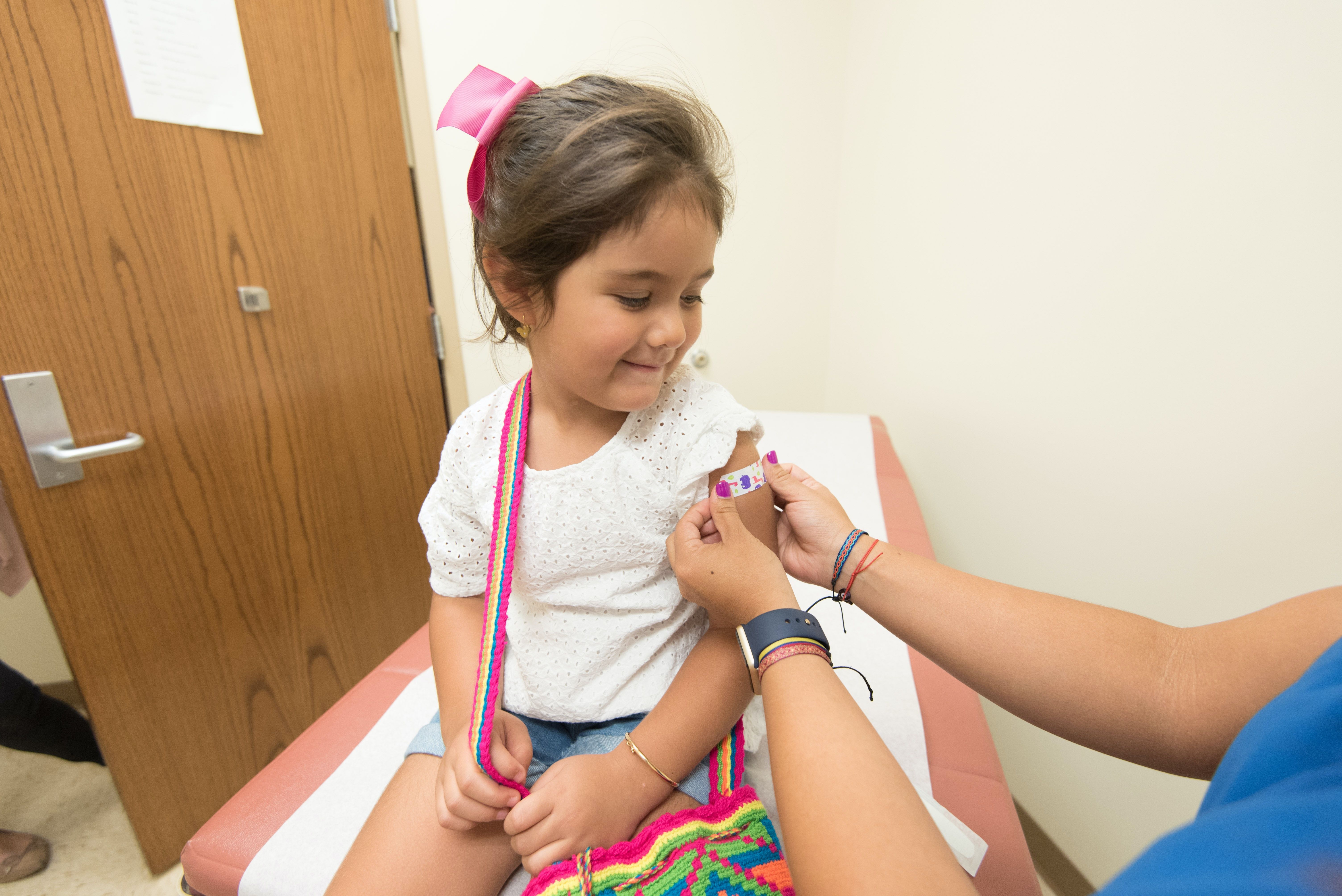Though MMR Vaccine Remains Highly Protective Against Measles, Some Waning Immunity Can Lead to Outlier Cases
An English modeling study suggests level of protection decreases only very slightly over time and reminds parents to have their children up to date on all vaccinations.

In a world that has become skeptical of vaccine safety and efficacy, a new modeling study from England demonstrates the continued high efficacy of the MMR vaccine. According to a new study published in The Lancet Public Health, the MMR vaccine remains highly protective against measles for life, and sees a very small decrease in protection over time.
According to the investigators, for a person who was born in 1995 who received a full immunization (2 doses) of the MMR vaccine before age of 5 and gained full protection from the vaccine, a waning of about 0.04% each year would mean vaccine effectiveness remains on average:
- 99.6% at age 15
- 99.2% at age 25
- 98.8% at age 35
- 98.4% at age 45
A Small Uptick in Measles Cases Among Fully Vaccinated
In England in 2011, 20 individuals who were double-vaccinated were infected with measles (1.9% of all cases) compared to 989 unvaccinated people (93% of all cases). In the same country in 2019, 57 individuals vaccinated twice had measles (7.2% of all cases) compared to 666 unvaccinated people (84% of all cases). This shows a slight uptick in cases in the fully vaccinated, but the investigators write that the slight decreases in individual protection over time are only apparent because outbreaks are happening as a result of reductions in vaccine coverage, and highlight that the best way to protect everyone from the disease is to maintain high levels of vaccine coverage in the population.
“Although our results suggest that a slight waning of immunity from the MMR vaccine over time explains why we are seeing an increase in the proportion of measles cases in double-vaccinated people in England, it’s important to note that the biggest risk factor for measles outbreaks by far is low vaccination rates,” study investigator Alexis Robert, PhD, The London School of Hygiene & Tropical Medicine, said in a statement. “The MMR vaccine remains highly effective and receiving two doses will protect you and those around you against measles infection. Even if you are one of the small number of people who get an infection after two doses of MMR vaccine, previous studies suggest measles symptoms in people who have been vaccinated are milder than in people who have not had a vaccine.”1
More than 95% of individuals gain immunity after a single dose of MMR vaccine. This means that after 2 doses, a small proportion of vaccinated people (less than 1%) may be infected because of a lack of immune response.
Transmissibility and The Seriousness of Missing Childhood Immunizations
Measles is spread by breathing in contaminated air or touching an infected surface then touching the eyes, noses, or mouths. According to the Centers for Disease Control and Prevention (CDC), the measles virus can live up to 2 hours in airspace after an infected person leaves an area and can linger on surfaces for hours. And, if you put a person with measles in a room with 10 people who have not been vaccinated or have not previously contracted measles, 9 of those people will also get the disease.2
“Measles is the most contagious and easily transmittable virus we know—far more than COVID or influenza,” said Patricia A. Stinchfield, RN, MS, CPNP, president, National Foundation for Infectious Diseases (NFID) in an interview with Contagion earlier this year.2
Considered one of the most successful immunizations, the MMR vaccine has done much for public health for years. However, there has been a continuing downward trend of childhood immunizations here in the United States.
In January 2023, the CDC reported that over the last 2 school years, the national coverage for childhood state-required vaccines among kindergarten students declined from 95% to approximately 93%. During the 2020-21 school year, vaccinations dropped to 94% and during the 2021-22 school year it dropped again to approximately 93%.3
And while this does not sound like a large number, it still represents thousands of young children not getting their vaccinations. It is also a disturbing trend as some families may feel they do not need them or are fearful of vaccines.
“Compared with the 2020–21 school year, vaccination coverage decreased 0.4–0.9 percentage points for all vaccines. Although 2.6% of kindergartners had an exemption for at least 1 vaccine, an additional 3.9% who did not have an exemption were not up to date with MMR,” the investigators wrote in an MMWR last year.3
This is the lowest rate of vaccination in over a decade, the CDC states. And the MMWR report said that as many as 250,000 kindergartners are not protected against measles.3
The reduction in the number of fully vaccinated children can only lead to more cases. In local communities this can present a real problem explains, NFID's Stinchfield.
“When those rates go below 95%—and this is really about in a specific community, what is the rate in the daycare? What is the rate in a high school? In a city? In a state?” Stinchfield explained. “To just take a big global number and say that's pretty high, we're good, is not okay. When a local community gets below 95%, that gives measles an ability to make an entrance and spread in that community.”4
She also makes the point that there are people who are vulnerable to measles including babies who are too young to be immunized, those who are immunocompromised, and people who are on various therapies that might make them more susceptible to the disease.4
This should give families who are reluctant to get childhood immunizations something to consider in thinking about others.
